Get ready to defy the stereotypes of bland and soggy slow cooker meals. We will guide you through creating a SENSATIONAL BEEF BRISKET that’s bursting with flavor and perfectly tender.
We’ll share our tips to ensure your brisket turns out irresistibly delicious, along with some of the most FAQs. Lastly, how to char your brisket and create an amazing homemade BBQ sauce with the extra juices.

Tackling a brisket can be quite the daunting task for many. Heck, I’ve gone over 50 years without ever making one because I thought the only way to achieve that delicious melt in your mouth meat was with a smoker. But fear not! Enter the mighty slow cooker.
This kitchen superhero is here to save the day and make your brisket dreams come true. It’s a game-changer, folks. The controlled and gentle heat of the slow cooker ensures that your brisket emerges succulent and flavorful. But I already know what you’re thinking ….
How do I Keep My Brisket From Getting that Bland and Boring Texture?
Ok, there are many reasons why foods from a slow cooker tend to taste… well, the same. Without going on a rant, the MAIN reason is due to the time the food is in the slow cooker. The longer it’s in there the more HARMONIOUS the flavors become giving it a unified taste.
But don’t worry, we’ve got solutions.
BUT WON’T THE SLOW COOKER MAKE MY BEEF BRISKET SOGGY?
One of the main culprits behind sogginess is the presence of moisture. Slow cooking often involves the use of liquid, such as broth, water, or sauces, to help cook the ingredients. As the food simmers in this liquid over time, it can absorb excess moisture, leading to a soggy texture.
Another factor is the lack of direct heat and airflow. Slow cooking traps moisture within the cooking vessel. This trapped moisture can contribute to the softening of the food and a loss of crispness.
To prevent the beef brisket from becoming soggy and bland, follow these tips:
- Sear the brisket: Before placing the brisket in the slow cooker, sear it in a hot skillet or grill to develop a flavorful crust. This step helps seal in the juices and adds a rich caramelized flavor. Be careful of the heat here. It’s easy for the dry rub to burn, so medium heat is the highest I recommend. Better safe than sorry.
- Trim excess fat: Trim any excess fat from the brisket before cooking. While some fat adds flavor and moisture, too much can contribute to a greasy texture.
- Elevate the brisket: Place a rack or a layer of vegetables (like onions and carrots) at the bottom of the slow cooker to lift the brisket slightly. This prevents it from sitting in its own juices and promotes air flow underneath.
- Use a minimal amount of liquid: Brisket naturally releases juices as it cooks, so you don’t need to add much liquid to the slow cooker. Avoid submerging the brisket entirely in any liquid or it will boil. Ew.
- Cook on low heat: Yes, it takes a long time but try to avoid the high setting. Tough pieces of meat take a long time to break the connective tissues down and the meat to become tender. Cooking on high heat is taking the fast track to soggy.
- Limit opening the lid: Opening the lid allows the heat to escape, which results in longer cooking times. The longer it cooks the more potential for sogginess.

Finishing Off The Brisket
Slow-cooked brisket tends to have a tender texture rather than a traditional crispy one. So here are a few suggestions to help you achieve that after your brisket is cooked:
- Finish on the grill (summer): After the brisket has been cooked in the slow cooker, you can finish it on a hot grill. Preheat the grill to medium-high heat and transfer the cooked brisket to the grill grates. Grill each side for a few minutes, flipping as needed, until you achieve a charred and slightly crispy exterior.
- Broil in the oven (winter): Another option is to place the cooked brisket on a baking sheet and broil it in the oven. Position the brisket on the top rack, set the broiler to high, and broil for a few minutes on each side until you achieve a desired level of browning and crispness.
- Sear in a hot skillet (not my favorite): Heat a skillet with a small amount of oil over high heat. Place the cooked brisket in the hot skillet and sear each side for a couple of minutes until nicely browned and crispy.
- Use a smoker or barbecue: If you have access to a smoker or barbecue, you can transfer the cooked brisket to the smoker or barbecue for a short period. This will add a smoky flavor and potentially create a more traditional texture. Then again, if you had access to the smoker you probably wouldn’t be using a slow cooker in the first place.
The Most Common Slow Cooker Brisket Questions:
1.What cut of beef is best for brisket?
Brisket is typically cut from the breast or lower chest area of the animal. The most common cuts used for brisket are the “flat cut” and the “point cut”. I haven’t found a place that can beat Costco’s prices on brisket
2. How long should I cook the brisket?
The cooking time for brisket can vary depending on the size of the cut and the cooking method used. Generally, slow cooking methods like smoking or braising require several hours of cooking time, often around 1 to 1.5 hours per pound of meat. Expect between 8-10 hours on low in a slow cooker.
3. Should I trim the fat from the brisket?
Trimming the fat is a personal preference. Some prefer to trim excess fat for a leaner result, while others leave a layer of fat on top to add flavor and moisture during cooking. If leaving the fat, make sure to score it before cooking to help render and baste the meat.
For our recipe, I recommend trimming most fat off otherwise the leftover juice will become very greasy affecting the homemade BBQ sauce.
4. How do I know when the brisket is done?
For tender, pull-apart brisket, aim for an internal temperature of around 195°F to 205°F (90°C to 96°C). You can use a meat thermometer to check the temperature in the thickest part of the meat.
5. How long should the brisket char on the grill?
When charring a 4 lb already cooked brisket on the grill, it’s essential to focus on achieving a flavorful crust without drying out the meat. I recommend grilling the brisket over medium-high heat for about 3-4 minutes on all sides, or until you achieve the desired level of char and caramelization.
6. Do I really need to refrigerate it overnight?
Yes, refrigeration time can make a difference when using dry rubs on meat, especially tougher pieces. It allows the dry rub to penetrate the meat and enhance its taste. Not to mention, the salt and seasonings in the rub have time to work their magic, resulting in a more tender brisket.

MORE SLOW COOKER RECIPES
SLOW-COOKER BEEF BRISKET RECIPE
Like this recipe? Pin it to your MEAT board!
Tried this recipe? Please leave a star ⭐️⭐️⭐️⭐️⭐️ rating in the recipe card below and/or a review in the comments section further down the page. And consider following me on Facebook and Pinterest!
Print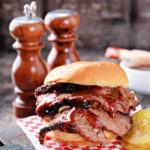
Yes you can make a Brisket in the Slow Cooker
Description
Finally! You can make a beef brisket at home for your family and not be intimated by smokers. Follow our recipe for making a beef brisket that is tender, succulent and delicious!
Ingredients
- 3–4 lb. Beef brisket
- 1 Onion, sliced
- 4 Cloves Garlic, minced
- 1 Cup Beef broth
- ¼ Cup Worcestershire sauce
- 2 Tbsp. Tamari, Liquid Aminos or Organic Soy sauce
- 2 Tbsp. Brown sugar
- 1 Tbsp. Dijon mustard
- 1 teaspoon Smoked paprika
- 1 teaspoon Thyme
- 1 teaspoon Sea salt
- ½ teaspoon Black pepper
- Vegetables for elevating the brisket (such as onions, carrots, or celery)
BBQ SAUCE FROM LEFTOVER LIQUID:
- Leftover cooking liquid from the beef brisket
- 1 cup ketchup
- ¼ cup apple cider vinegar
- 2 tablespoons brown sugar
- 1 tablespoon Dijon mustard
- 1 tablespoon Worcestershire sauce
- 1 teaspoon smoked paprika
- ½ teaspoon garlic powder
- ½ teaspoon onion powder
- ¼ teaspoon black pepper
- Salt to taste
Instructions
- Generously season the brisket with the dry rub on all sides. Wrap in plastic wrap and refrigerate overnight.
- Heat a large skillet (better yet, a Dutch oven) over medium-high heat and sear the brisket until browned on all sides. Remove from the skillet and set aside.
- In the same skillet, sauté the sliced onion and minced garlic until softened and fragrant, approx. 4 minutes.
- Place a rack or a layer of vegetables (onions, carrots, or celery) in the bottom of the slow cooker to elevate the brisket.
- Place the seared brisket on top of the rack or vegetables in the slow cooker.
- In a small bowl, whisk together beef broth, Worcestershire sauce, soy sauce, brown sugar, Dijon mustard, smoked paprika, dried thyme, and black pepper.
- Pour the onion and garlic mixture over the brisket in the slow cooker, followed by the liquid mixture.
- Cover the slow cooker and cook on low heat for 8-10 hours or on high heat for 4-6 hours, until the brisket is tender and easily pulls apart with a fork. NOTE: If you find there is too much liquid accumulating, use a turkey baster and remove the excess liquid.
- Once cooked, remove the brisket from the slow cooker and let it rest for a few minutes before slicing against the grain.
- Optional: You can strain the cooking liquid and simmer it on the stovetop to reduce and thicken it into a sauce.
- Serve the sliced brisket with the sauce on the side, alongside your favorite sides like mashed potatoes, roasted vegetables, or coleslaw.
Elevating the brisket will help ensure that it doesn’t sit in the accumulated juices during the cooking process, leading to a more desirable texture. Enjoy your slow-cooked beef brisket!
FOR THE BBQ SAUCE:
- Strain the leftover cooking liquid from the slow cooker into a saucepan, discarding any solids.
- Place the saucepan with the cooking liquid over medium heat.
- Add the ketchup, apple cider vinegar, brown sugar, Dijon mustard, Worcestershire sauce, smoked paprika, garlic powder, onion powder, black pepper, and a pinch of salt.
- Stir well to combine all the ingredients.
- Bring the mixture to a simmer and let it cook for about 10-15 minutes, stirring occasionally, until the sauce thickens and the flavors meld together.
- Taste the sauce and adjust the seasoning, adding more salt, sugar, or any other desired flavors to your preference.
- Once the sauce reaches your desired consistency, remove it from the heat and let it cool slightly.
- Transfer the BBQ sauce to a jar or airtight container and refrigerate until ready to use.


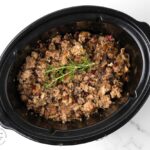


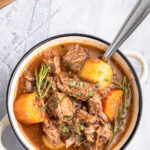
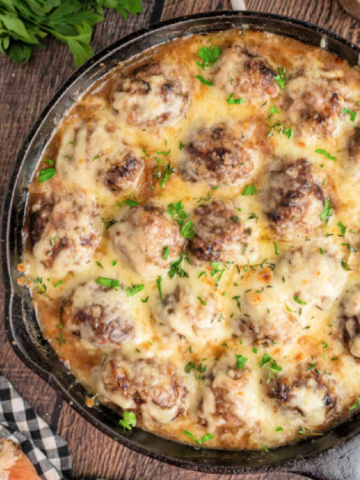
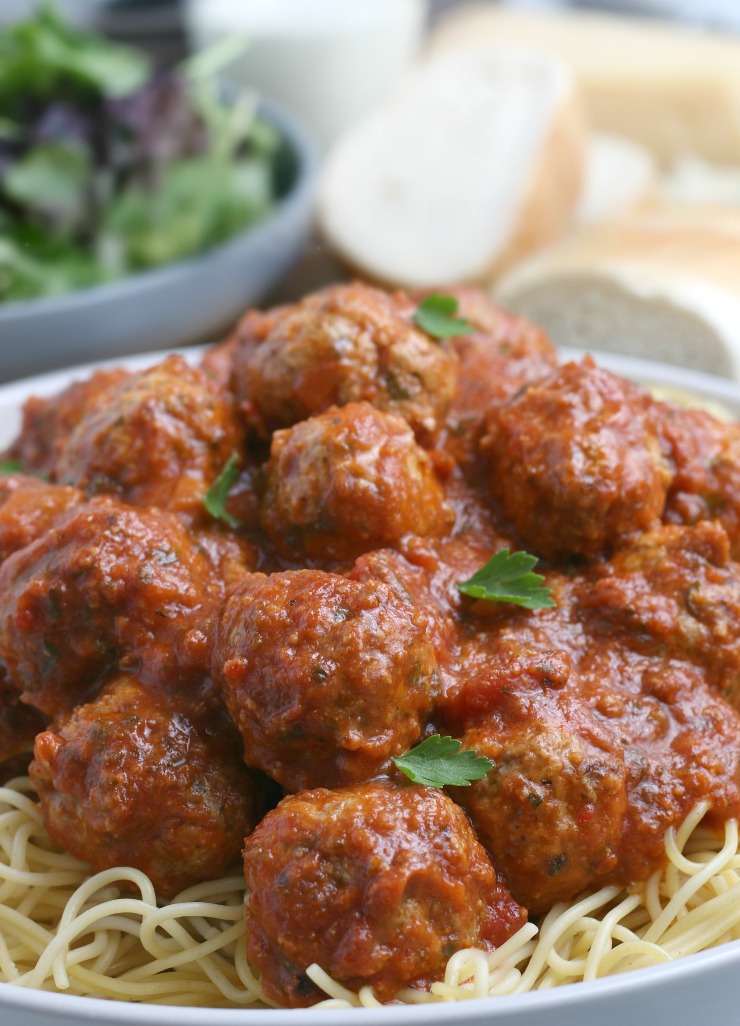

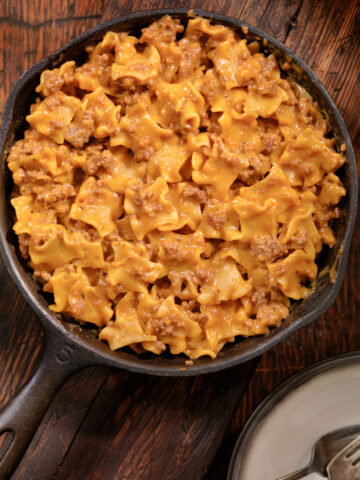


Leave a Reply